Dear Community,
I have a doubt in how to use Process Interface properly. The typical use of process interface would somewhat be like option 1. The book by Rob Davis did not provide prohibited cases in process interface so I need some suggestion. My questions are
1) Can we use any rules to separate EVENT and PROCESS INTERFACE (like in Option2?). In other words, can multiple events trigger a process interface? Can we use process interface to connect process at different levels? The purpose of process interface in option 2 is to form linkages between process at two different levels.
2) Can an event triggers more than process interfaces? Or we should use occurrence copy of process interface and draw the connections with each event separately like option 1.
Please suggest! Thanks!



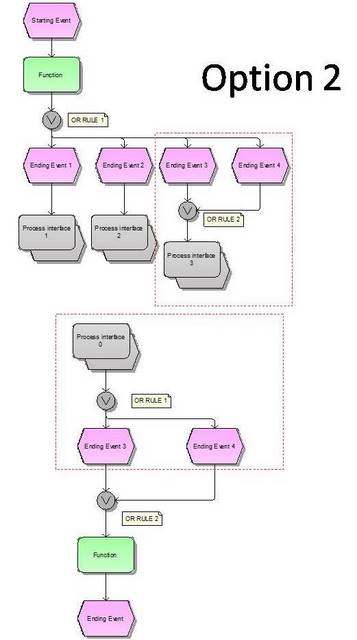



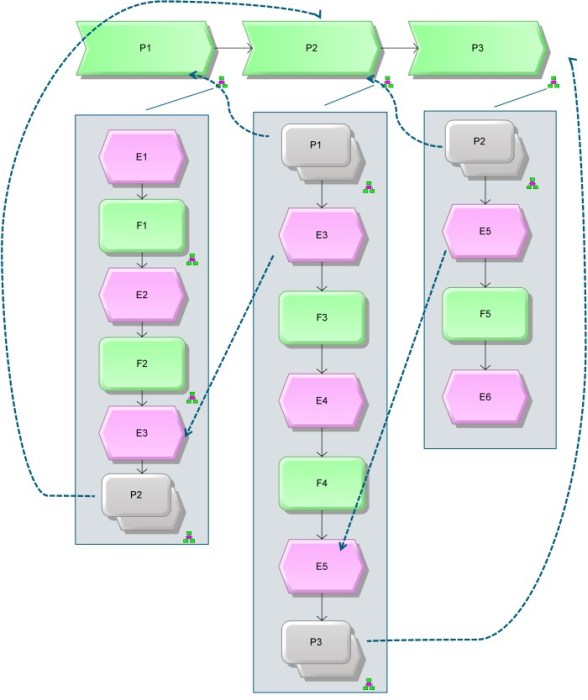








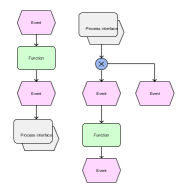
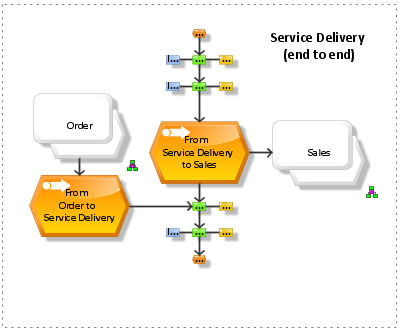





.JPG)

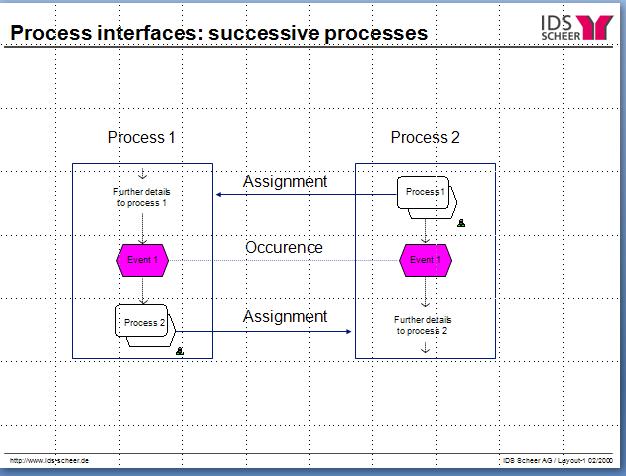

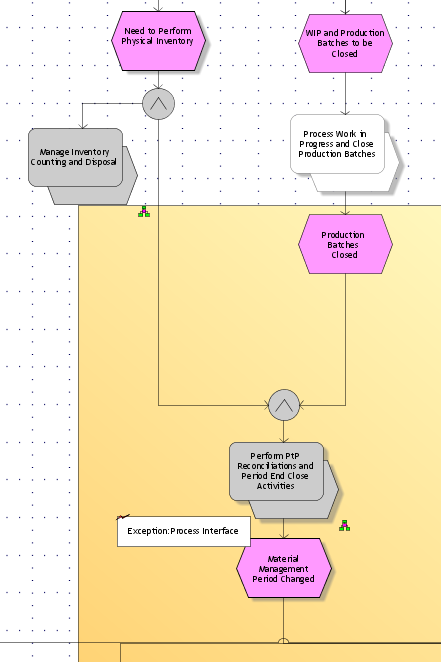
.PNG)
.PNG)
.JPG)
Parveen Jaswal on
Hi Weerakhan,
Let me try to ans your questions one by one:
1). Yes, multiple events can trigger a process interface as you have modeled in option 1 and 2. In that case both option 1 and 2 is logically correct, but since use of OR rule is justified (option 2), you can avoid of creating an occurence copy of Process Interface Object.
2). You can 't use Process Interface to connect process at different levels. Process Interface is simply an interface to a process, it does not have any information that you can use to take a decision that to which level it should connect in the process. I think better we'll use function to do the same.
3). Yes, an event can triggers more than one process interfaces. The very same logic sometimes we used to implement Spin-off or Split-Join the processes.
Regards
Parveen